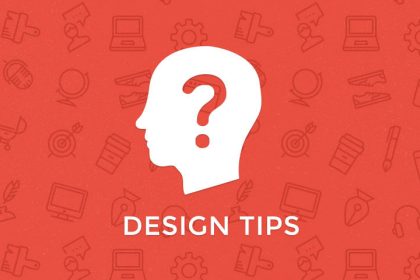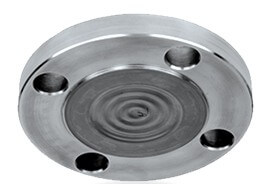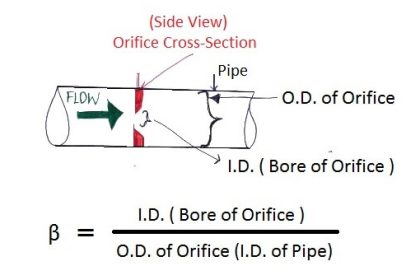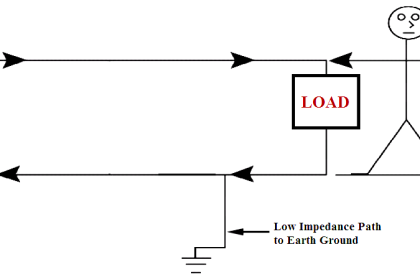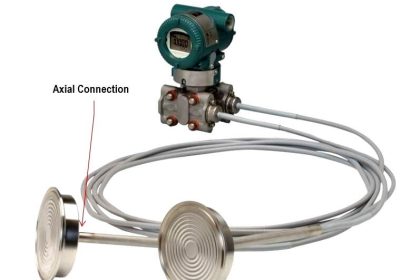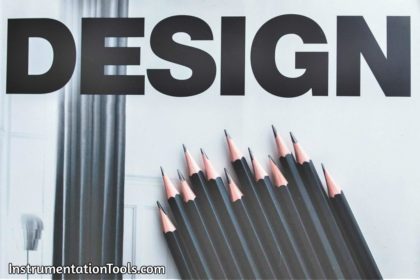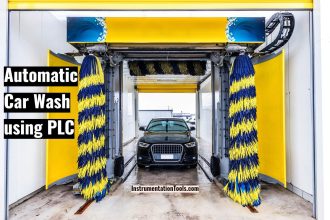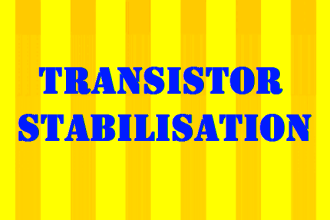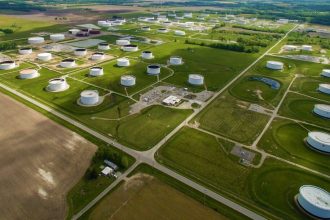The true accuracy of a pressure gauge under operating conditions can be difficult to determine, in part because manufacturers’ specifications are often very confusing.
One of the major differences between brand names is whether they offer “% of reading” vs. “% of full scale (FS)” accuracy.
For example, a 100 psi gauge with 0.1 % of FS accuracy would be accurate to ± 0.1 psi across its entire range.
By convention, a gauge specified as 0.1% accuracy is implied to be 0.1% FS.
When manufacturers define their accuracy as “% of reading”, they are describing the accuracy as a percentage of the reading currently displayed.
For example, a gauge with 0.1 % of reading accuracy that displays a reading of 100 psi would be accurate to ± 0.1 psi at that pressure.
At 50 psi, the same gauge would have an accuracy of ± 0.05 psi (twice as accurate).
This last example demonstrates why only high-end digital gauges can offer % of reading accuracy.
Specifications with % of FS are actually a legacy from mechanical gauges, whose resolution was limited by how closely manufacturers could print the graduations on their dials.
Today, digital pressure gauges that can display reading with sufficient resolution across their entire range use % of reading specifications.
Source : ametekcalibration



